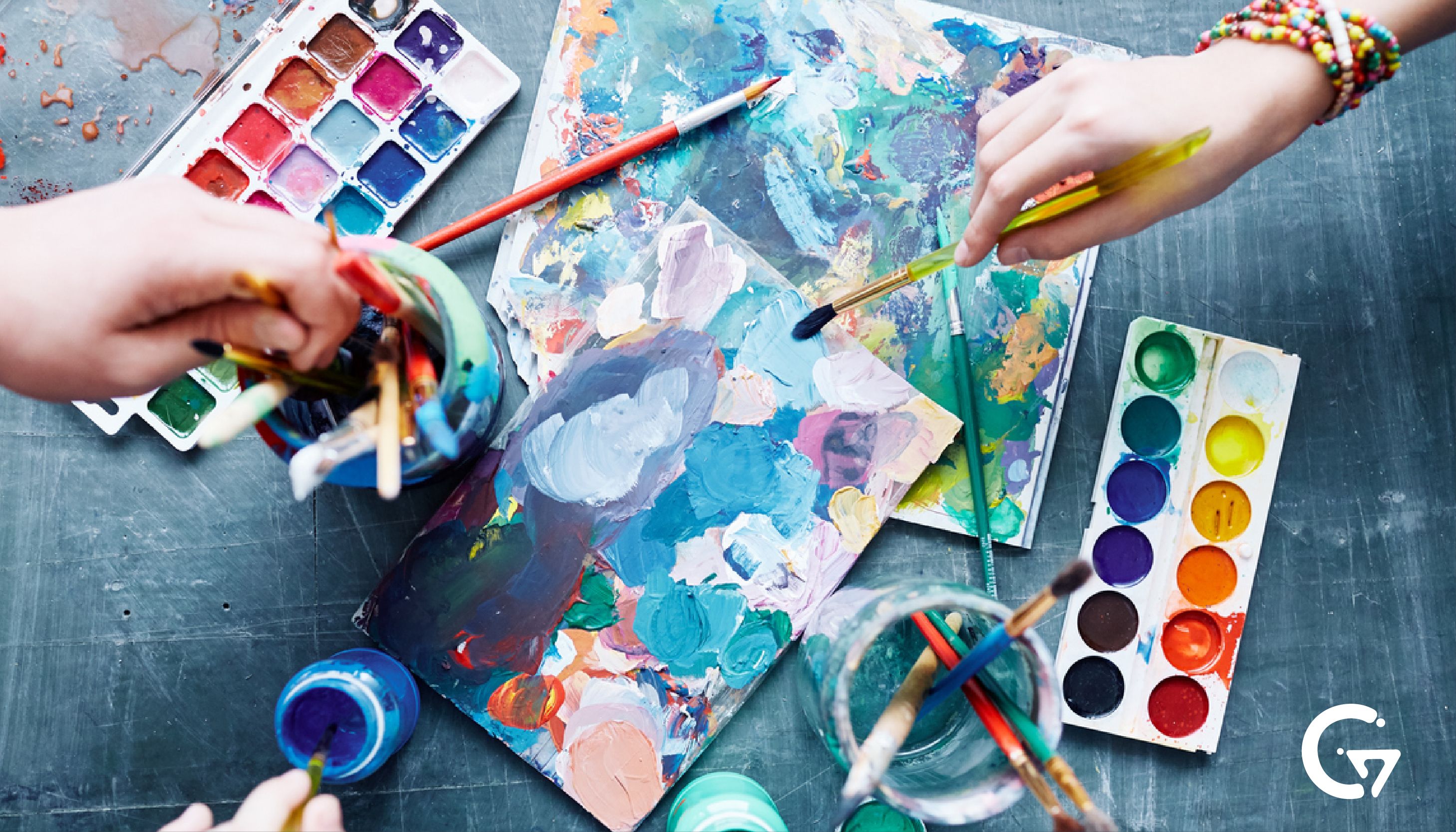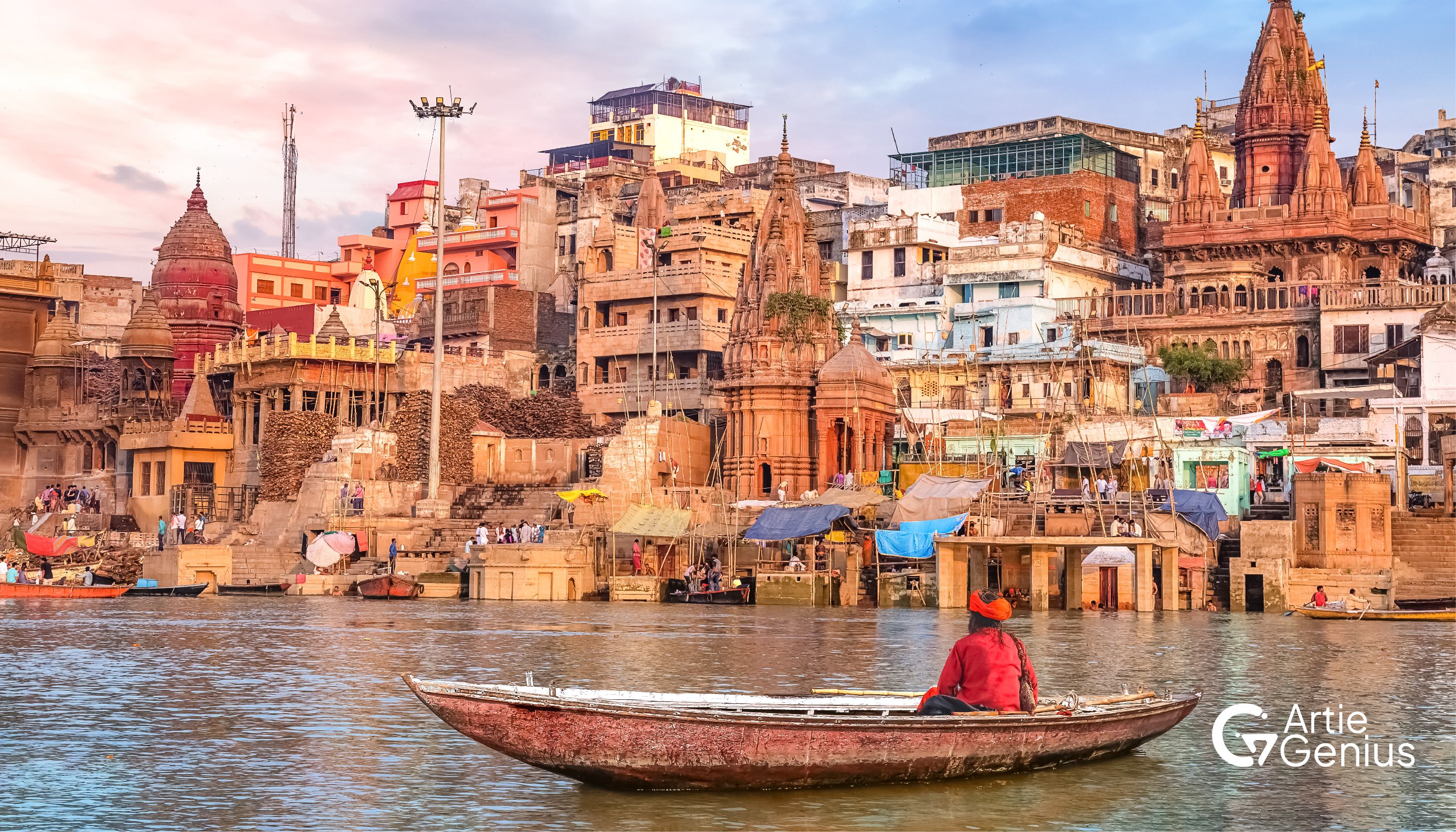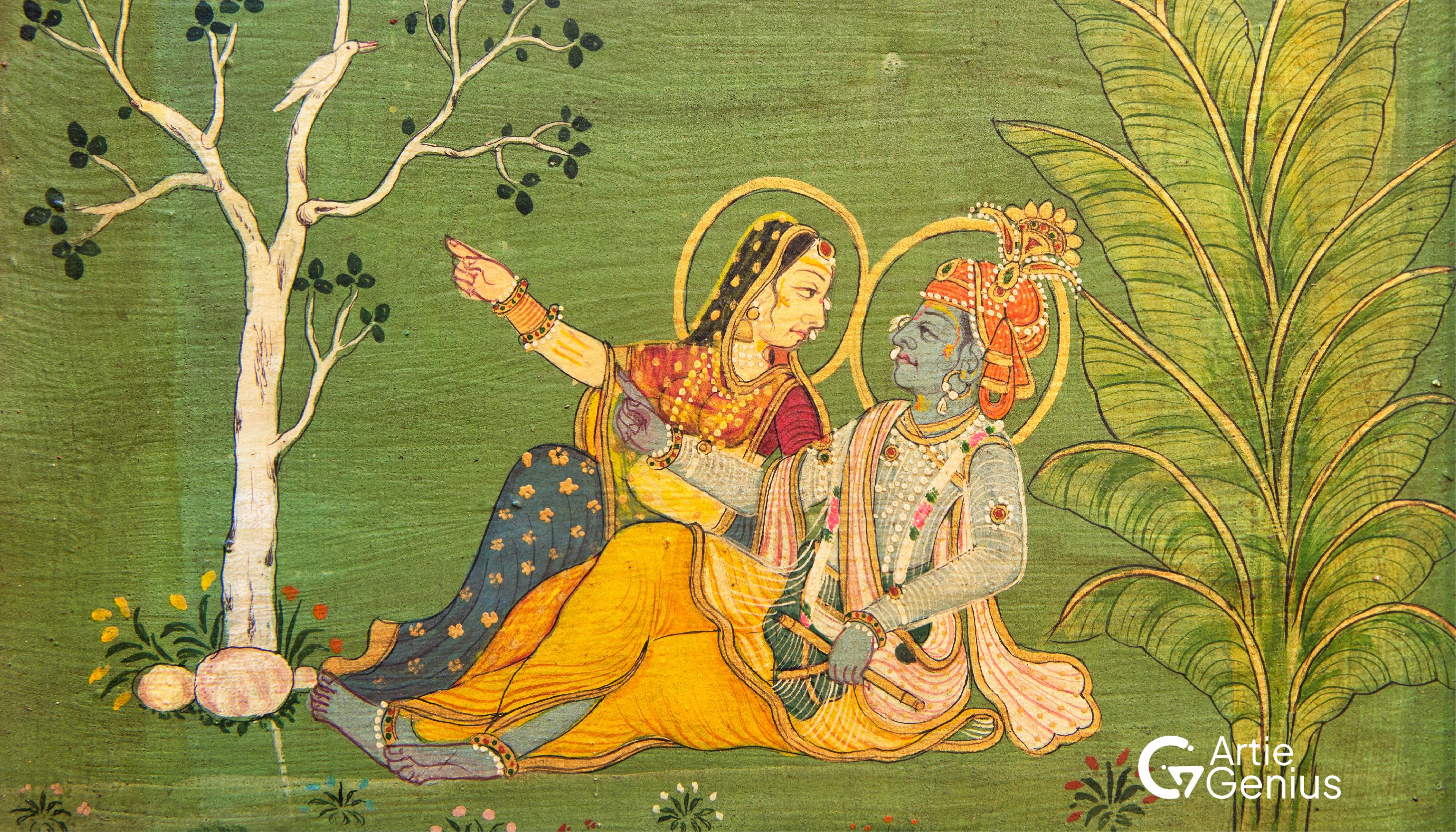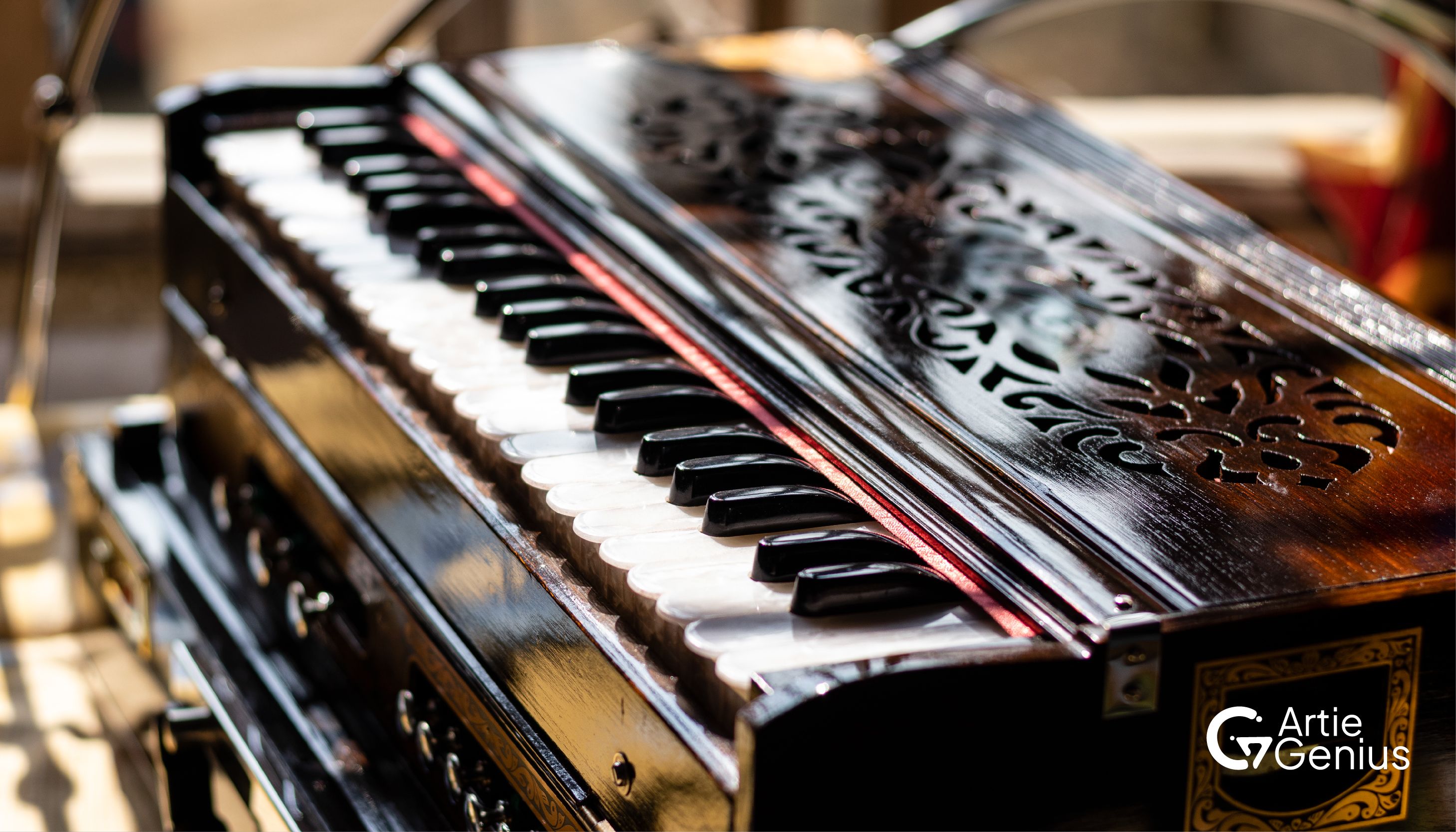A Beginner's Guide to Know more about Gouache:
Hey there, fellow art enthusiast! Today, let's dive into the captivating world of gouache paint. If you've been wondering, "What is gouache paint?" or simply curious about this vibrant medium, you've landed in the right place. Gouache paint might seem like a mysterious cousin of watercolour but fear not, we're here to demystify it all.
What is Gouache Paint? Let's start with the basics. Gouache paint is a unique medium that's been around for centuries, loved by artists worldwide for its versatility and stunning finish. But what sets it apart? Well, imagine if watercolour and acrylic paint had a beautiful baby – that's gouache! Gouache is essentially an opaque watercolour. Unlike traditional transparent watercolours, gouache offers rich, opaque colours that can be layered and adjusted easily. It's like having the best of both worlds – the blending magic of watercolour and the solid coverage of acrylics.
Getting to Know Gouache: What Makes it Special?
So, what makes gouache paint so special? Let's break it down:
-
Opacities Galore Gouache paint comes in a dazzling array of opacities. Whether you prefer bold, opaque colours or subtle, translucent hues, there's a gouache colour for every artistic whim.
-
Reactivatable Charm One of Gouache's charming traits is its reactive ability. Unlike acrylics that dry permanently, gouache can be reactivated with water even after it's dried. This makes it perfect for artists who love to experiment and make adjustments on the fly.
-
Matte vs. Satin Finish Gouache colour is typically dry to a matte finish, but with the right additives, you can achieve a lovely satin sheen. It's all about personal preference and experimenting to find your perfect finish. Difference between Gouache and Watercolour
Picture this: You’re at an art showdown. In one corner, we have watercolour—delicate, transparent, and whimsical. In the other corner, gouache—bold, opaque, and ready to rumble.
Gouache Paint:
Opacity: Gouache colour is like the superhero of paint; it's opaque, meaning it covers things completely. No peeking through!
Reactivatability: Even after it dries, you can bring it back to life with water. Think of it as a painting that never really says goodbye.
Finish: It usually dries matte, which means it's not shiny. But with a few tricks, it can get a bit shiny, like adding a sprinkle of magic.
Layering Ability: You can layer gouache without worrying about the bottom layers getting mixed up. It's like building a colourful tower without the blocks falling over.
Watercolour Transparency: Watercolour is like a whisper; it's transparent, letting light shine through. It's all about that see-through vibe.
Permanence: Once it dries, it's there to stay. No take-backsies or do-overs without making a mess.
Finish: It also dries matte, but it's more about that soft, dreamy look. Like a gentle fog settling over a landscape.
Lwithng Ability: You build up watercolour with delicate layers, creating beautiful blends and gradients. It's like painting with layers of coloured mist.
Choosing the Best Gouache Colours: Let's Get Creative
Ah, the joy of selecting the Best gouache colour! With a plethora of options out there, how do you choose? Here are a few tips:
● Start with a Basic Set: If you're new to gouache, begin with a basic set of primary colours. From there, you can mix and match to create an endless array of shades.
● Experiment with Brands: Different brands offer varying pigments and consistencies. Don't be afraid to try out a few brands to find the one that suits your style best.
Analyzing the Competition: A Glimpse into FearlessBrush's Take
Now, let's take a quick peek at what our friends over at FearlessBrush have to say about gouache. In their insightful blog post titled "What is Gouache paint: Answering Your Gouache FAQs," they provide a comprehensive guide to gouache, covering everything from its history to techniques and FAQs.
It's worth a read for those craving more in-depth knowledge about this fascinating medium.
Conclusion
And there you have it – a complete answer to what is gouache paint Whether you're a seasoned artist looking to expand your repertoire or a curious beginner dipping your toes into the world of art, gouache paint offers endless possibilities for creativity. So, grab your brushes, unleash your imagination, and let's paint the town gouache!
whether you're feeling bold and adventurous with gouache's opaque wonders or craving the delicate dance of transparency with watercolour, remember: that art is all about exploring, experimenting, and letting your imagination run wild.
Now, armed with the knowledge of enchanting paints, go forth and create your masterpiece! Dive into a world of vibrant hues and subtle shades, where every brushstroke tells a story and every colour sings a song.
Happy painting, fellow artists!
FAQ’s
Q.1- How do I spot the Difference between Gouache and Watercolour? Ans- Gouache paint differs from watercolour in its opacity: the binder in the paint is the same gum arabic that is used for watercolour, and there is usually also a higher pigment load, to add to the opacity. This is why gouache is opaque, dense and covering.
Q.2- What is Gouache use for? Ans-Gouache tends to be used in conjunction with watercolour, and often ink or pencil, in 19th-century paintings. Later that century, for decorative uses "poster paint"
Q.3- How do I choose the best Gouache colour for my Painting? Ans- Dark colours tend to dry up lighter, and light colours dry up darker. So to choose the best gouache colour you might want to swatch the colors of your gouache set first. It's also helpful to mix your colours with white and with black, to see what shades you get. And while painting I advise putting your mixed colors on some scrap paper first.
Q.4- What Brush Should I use for Gouache paint? Ans- You can use watercolour brushes if you have some, but if you plan to buy brushes for gouache painting, look for 'acrylic' brushes in your favourite art store.



